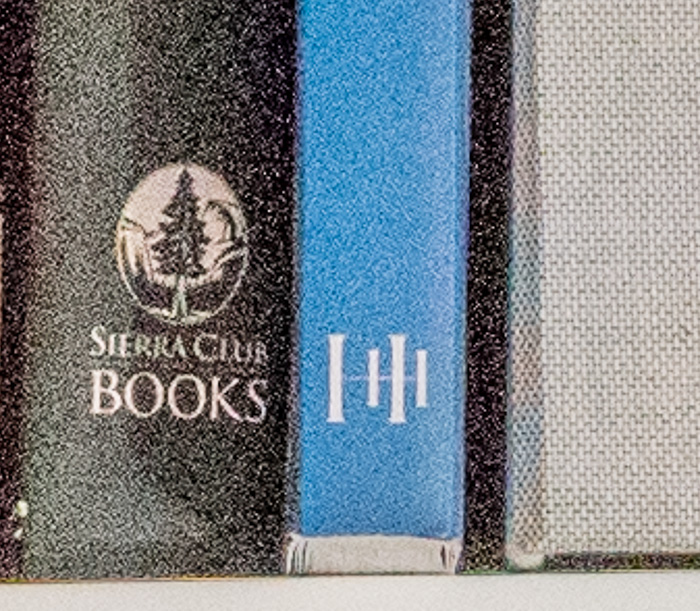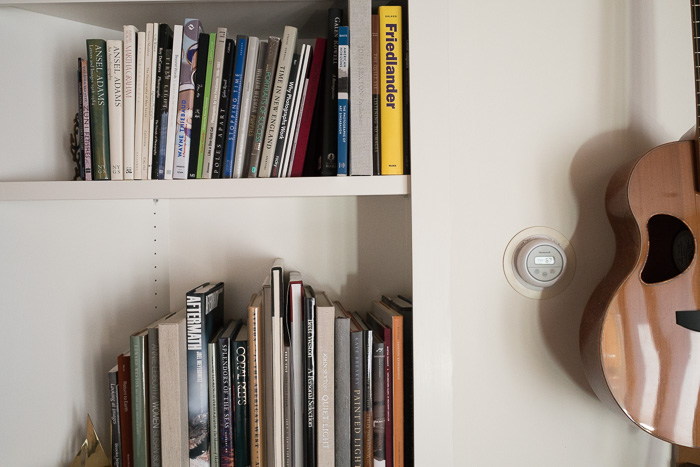This is part of a long series of posts about the Sony a6300. The series starts here.
Yesterday I posted three series of images leaving the exposure the same, varying the ISO in full stop intervals, and pushing the images in post to make them have equal brightness. I used single shot shutter mode for those series, and proved — to myself, at least — that if you don’t cross the point where the Sony a6300 changes conversion gain (ISO 320/400) and if you stay away from the places at ISO 12800 and above where Sony applies low pass filtering to the raw files, that the a6300 is essentially ISOless, meaning that you’ll achieve just as low noise if you push in post as if you crank up the in-camera ISO knob.
That behavior was predicted by the read noise versus ISO curves for the camera. When I ran those curves in continuous shutter mode, the camera did not appear to be ISOless. Nothing like a few pictures to make sure.
Here goes.
I set I started at ISO 3200 with a normal exposure, left that exposure the same, and made images at ISO 1600, 800, 400, 200, and 100. Then, in Lightroom, I pushed the ISO 1600 image one stop, the ISO 800 image two stops, and so on, until I got to the ISO 100 image, which got a five stop push.
You can compare this test to a similar run I posted yesterday with single shot shutter mode.
Here’s the overall scene, as seen by the a6300 and a Zeiss Loxia 21/2.8, using Lightroom CC 2015.5 with default settings except for white balance.
Now, we’ll crank up the shadows with a +100 shadow move and crop to a part of the image with some dark areas, and make a 200% enlargement.


You have to look hard to see any difference between the ISO 3200 and ISO 1500 images.

We pick up some more noise with the two stop push, but not much.

More noise yet.

There’s a big jump in noise here, since we just crossed the boundary where the a6300 changes conversion gain.

Matters are worse at ISO 100 with a five stop push.

[…] the preceding post, I posted three series of images leaving the exposure the same, varying the ISO in full stop […]